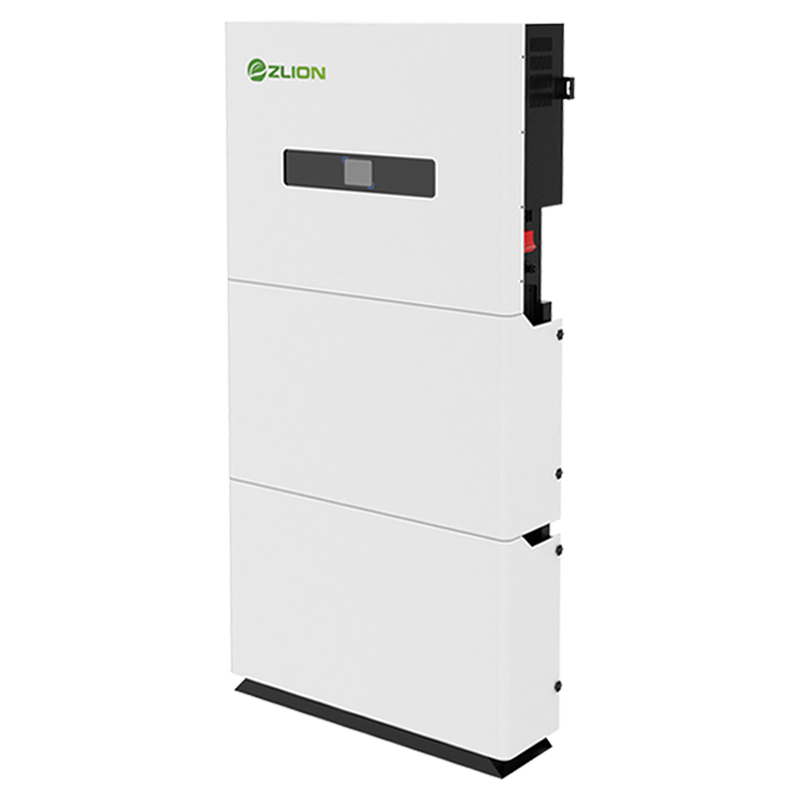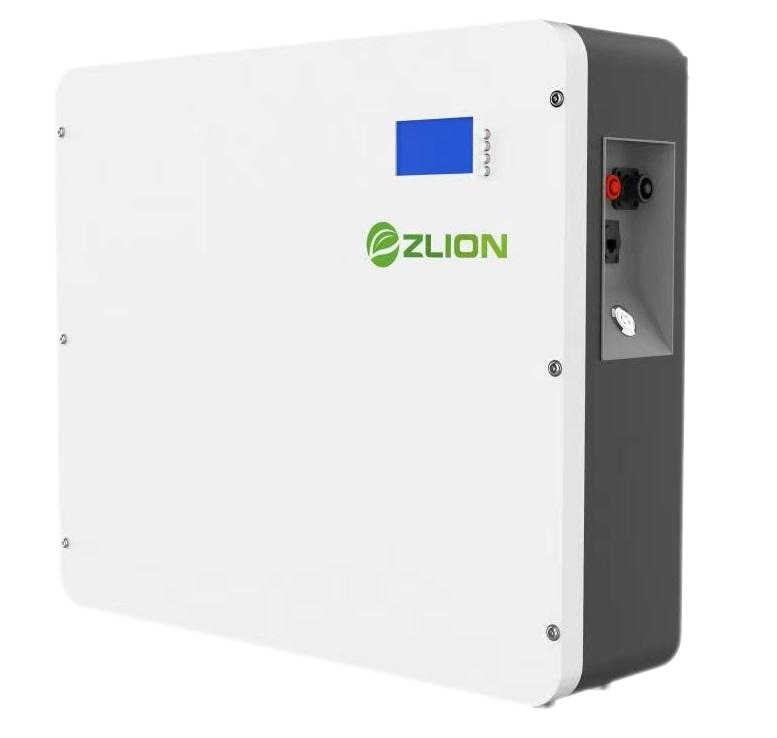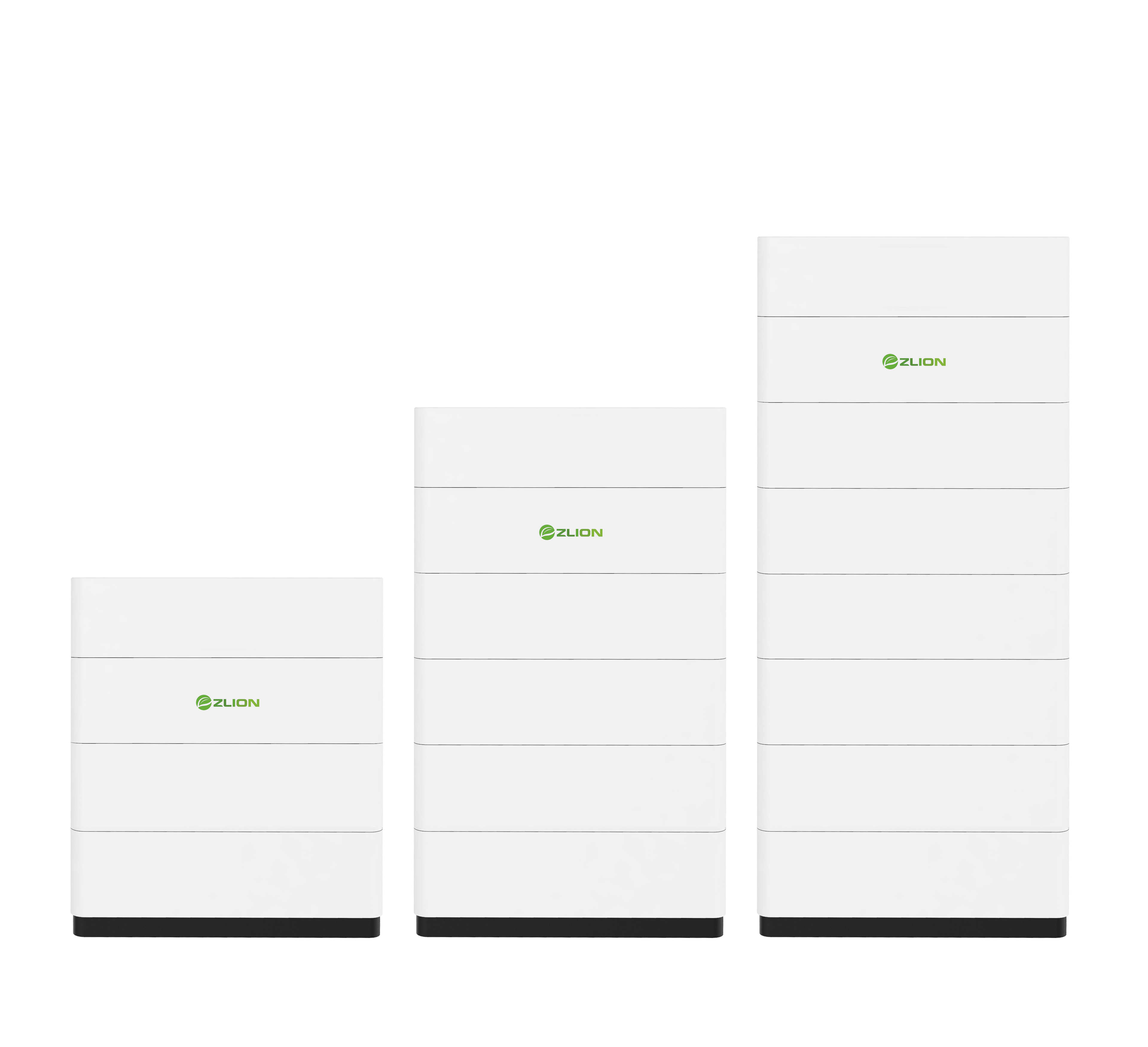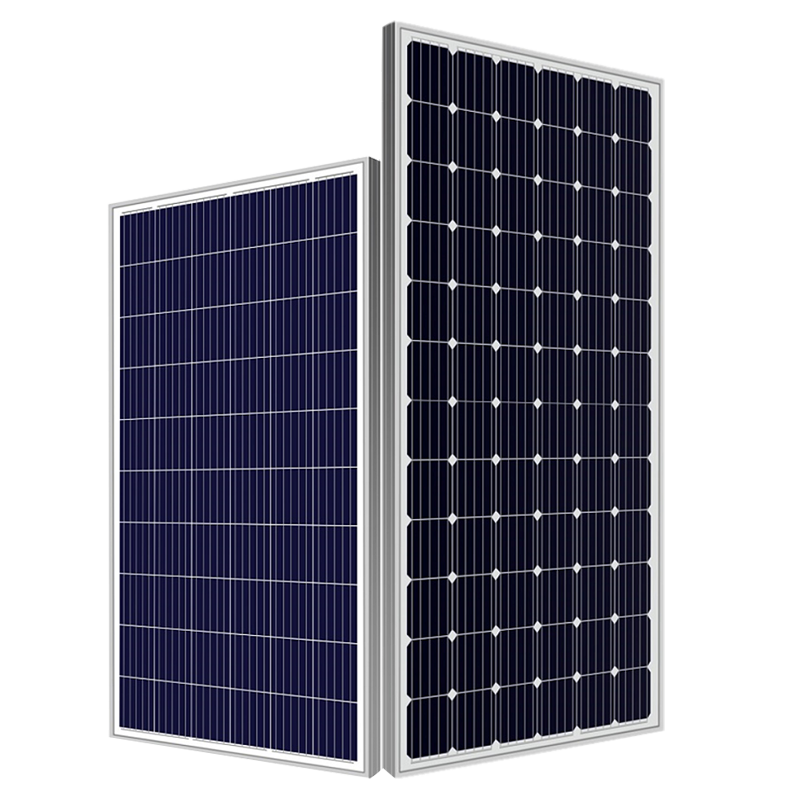The main function of a solar inverter is to convert the direct current (DC) generated by solar photovoltaic panels into alternating current (AC), because most household electrical appliances, power grid systems, and many commercial and industrial equipment use AC. Specifically, the functions and uses of solar inverters include:
1. Current conversion: convert the direct current generated by photovoltaic panels into alternating current so that it can be directly used by household appliances, power grids, or commercial facilities.
2. Maximum power point tracking (MPPT): automatically adjust the output voltage of photovoltaic panels to ensure maximum energy output under different lighting conditions.
3. Grid synchronization: ensure that the AC output of the inverter is consistent with the frequency and phase of the power grid for safe grid connection.
4. Monitoring and protection: real-time monitoring of system performance, providing overload, short circuit, over/under voltage and other protection functions to ensure safe operation of the system.
5. Data recording and communication: record data such as power generation and working status, and can interact with users through the network or display for easy management and maintenance.
Solar inverters are crucial components in solar power generation systems. They not only realize the conversion of energy forms, but also improve the efficiency and safety of the system.













